First look at the complete lobster genome might also shed light on human aging.
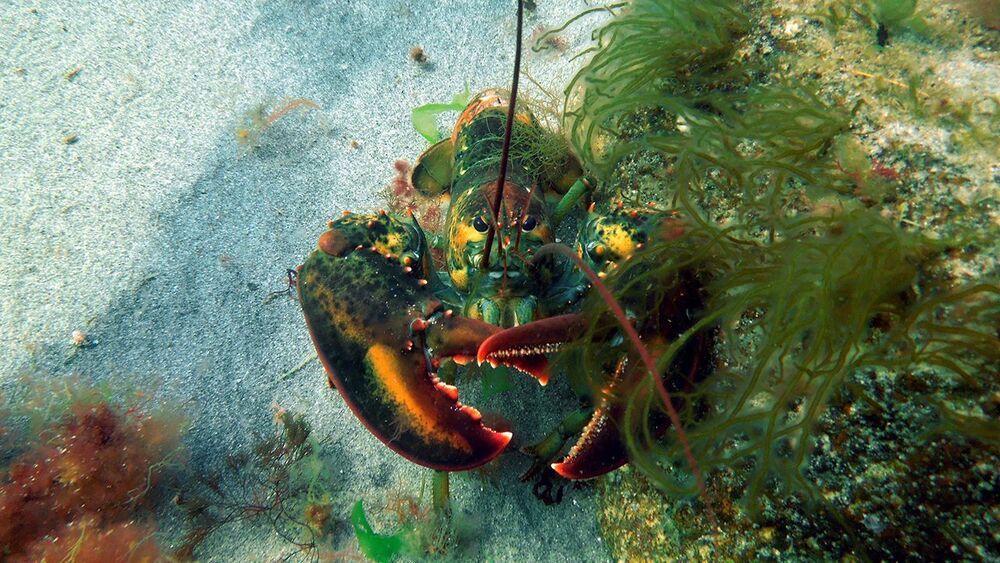


In a study in Nature Plants, Yiping Qi, associate professor of Plant Science at the University of Maryland (UMD), introduces a new and improved CRISPR 3.0 system in plants, focusing on gene activation instead of traditional gene editing. This third generation CRISPR system focuses on multiplexed gene activation, meaning that it can boost the function of multiple genes simultaneously. According to the researchers, this system boasts four to six times the activation capacity of current state-of-the-art CRISPR technology, demonstrating high accuracy and efficiency in up to seven genes at once. While CRISPR is more often known for its gene editing capabilities that can knock out genes that are undesirable, activating genes to gain functionality is essential to creating better plants and crops for the future.
“While my lab has produced systems for simultaneous gene editing [multiplexed editing] before, editing is mostly about generating loss of function to improve the crop,” explains Qi. “But if you think about it, that strategy is finite, because there aren’t endless genes that you can turn off and actually still gain something valuable. Logically, it is a very limited way to engineer and breed better traits, whereas the plant may have already evolved to have different pathways, defense mechanisms, and traits that just need a boost. Through activation, you can really uplift pathways or enhance existing capacity, even achieve a novel function. Instead of shutting things down, you can take advantage of the functionality already there in the genome and enhance what you know is useful.”
In his new paper, Qi and his team validated the CRISPR 3.0 system in rice, tomatoes, and Arabidopsis (the most popular model plant species, commonly known as rockcress). The team showed that it is possible to simultaneously activate many kinds of genes, including faster flowering to speed up the breeding process. But this is just one of the many advantages of multiplexed activation, says Qi.
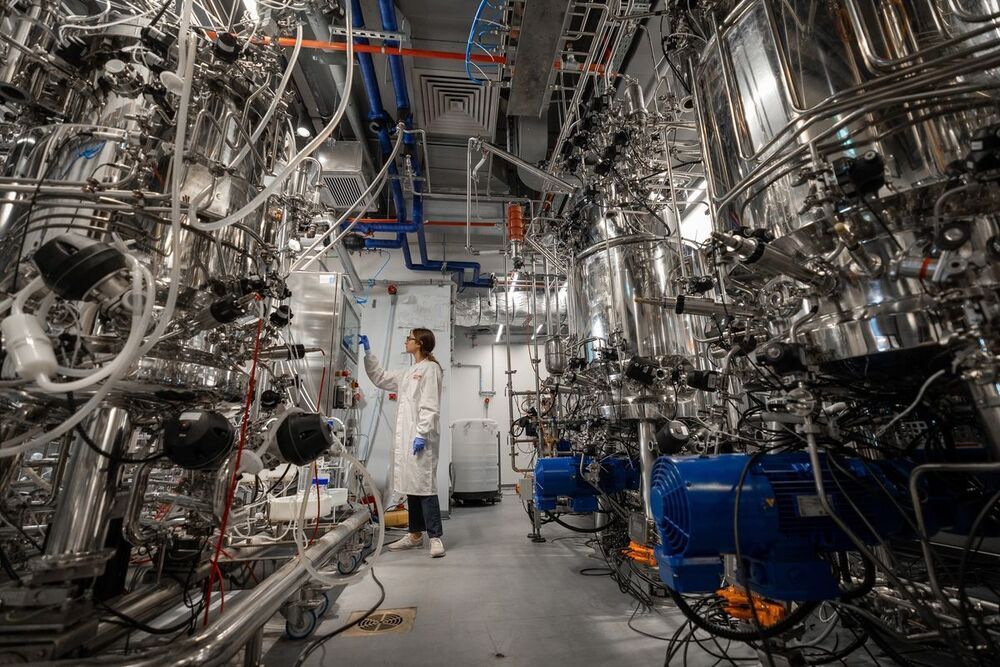
Other companies, including BlueNalu Inc., Upside Foods Inc. and Eat Just, have expressed an intention to sell cell-based products in the U.S. Like them, Future Meat must get approval from the U.S. Department of Agriculture and the Food and Drug Administration before offering its products to the public. Kshuk is optimistic, though reaching price parity with conventional meat will probably take the nascent industry a few years.
An Israeli startup wants to replace chicken coops, barns and slaughterhouses with bioreactors to churn out cell-based meat for American diners.
Future Meat Technologies Ltd. is in talks with U.S. regulators to start offering its products in restaurants by the end of next year. The company has just opened what it calls the world’s first industrial cellular meat facility, which will be able to produce 500 kilograms (1102 pounds) a day.
“From the get-go, our main focus was around scaling up and reducing cost in order to have a commercially viable product,” Chief Executive Officer Rom Kshuk said in an interview.
Two teams of researchers took part in the dramatic discovery, published in the prestigious Science journal: an anthropology team from Tel Aviv University headed by Prof. Israel Hershkovitz, Dr. Hila May and Dr. Rachel Sarig from the Sackler Faculty of Medicine and the Dan David Center for Human Evolution and Biohistory Research and the Shmunis Family Anthropology Institute, situated in the Steinhardt Museum at Tel Aviv University; and an archaeological team headed by Dr. Yossi Zaidner from the Institute of Archaeology at the Hebrew University of Jerusalem.
Timeline: The Nesher Ramla Homo type was an ancestor of both the Neanderthals in Europe and the archaic Homo populations of Asia.
Prof. Israel Hershkovitz: “The discovery of a new type of Homo” is of great scientific importance. It enables us to make new sense of previously found human fossils, add another piece to the puzzle of human evolution, and understand the migrations of humans in the old world. Even though they lived so long ago, in the late middle Pleistocene (474000−130000 years ago), the Nesher Ramla people can tell us a fascinating tale, revealing a great deal about their descendants’ evolution and way of life.”

Over the past few decades, roboticists and computer scientists have developed artificial systems that replicate biological functions and human abilities in increasingly realistic ways. This includes artificial intelligence systems, as well as sensors that can capture various types of sensory data.
When trying to understand properties of objects and how to grasp them or handle them, humans often rely on their sense of touch. Artificial sensing systems that replicate human touch can thus be of great value, as they could enable the development of better performing and more responsive robots or prosthetic limbs.
Researchers at Sungkyunkwan University and Hanyang University in South Korea have recently created an artificial tactile sensing system that mimics the way in which humans recognize objects in their surroundings via their sense of touch. This system, presented in a paper published in Nature Electronics, uses sensors to capture data associated with the tactile properties of objects.
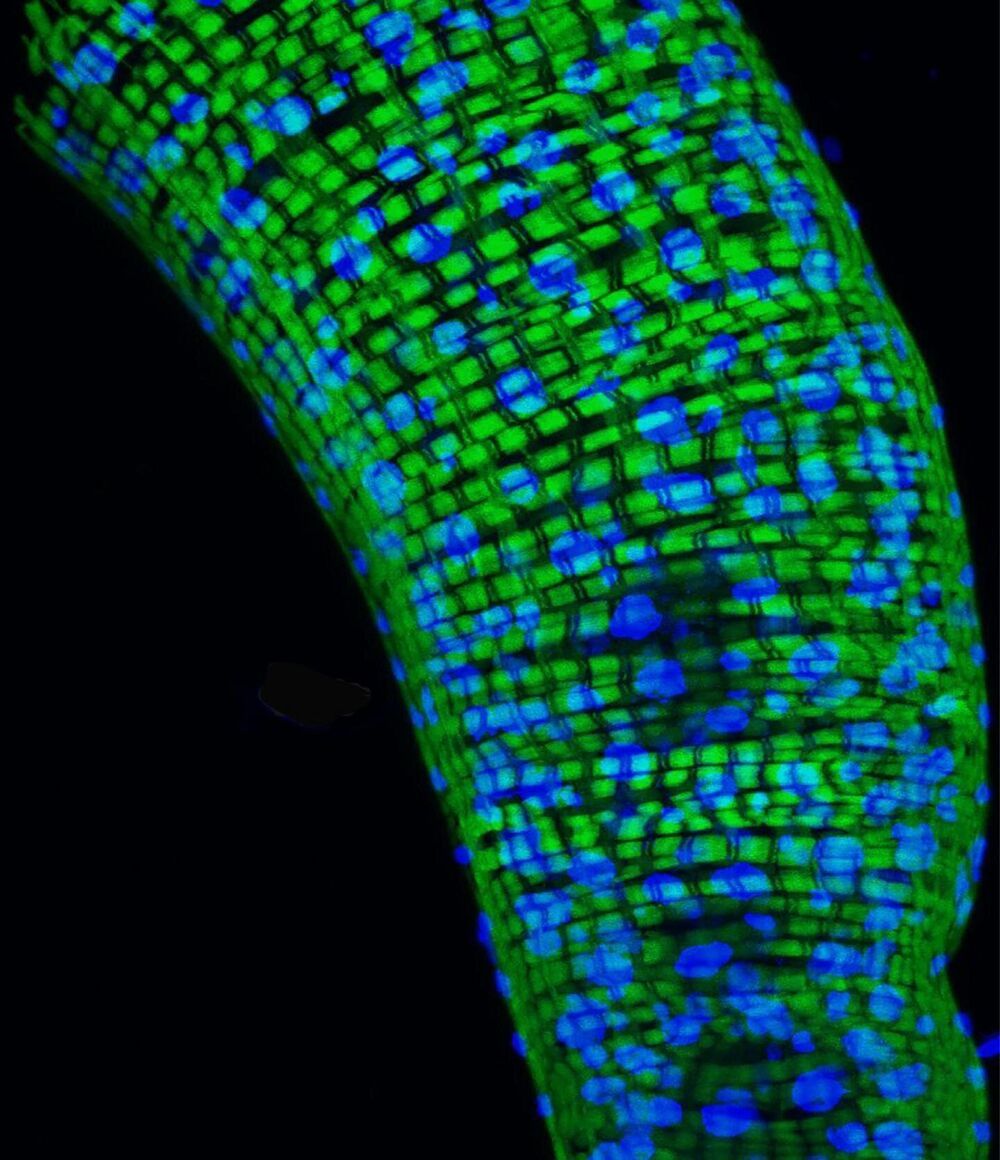
To better understand the role of bacteria in health and disease, National Institutes of Health researchers fed fruit flies antibiotics and monitored the lifetime activity of hundreds of genes that scientists have traditionally thought control aging. To their surprise, the antibiotics not only extended the lives of the flies but also dramatically changed the activity of many of these genes. Their results suggested that only about 30% of the genes traditionally associated with aging set an animal’s internal clock while the rest reflect the body’s response to bacteria.
“For decades scientists have been developing a hit list of common aging genes. These genes are thought to control the aging process throughout the animal kingdom, from worms to mice to humans,” said Edward Giniger, Ph.D., senior investigator, at the NIH’s National Institute of Neurological Disorders and Stroke (NINDS) and the senior author of the study published in iScience. “We were shocked to find that only about 30% of these genes may be directly involved in the aging process. We hope that these results will help medical researchers better understand the forces that underlie several age-related disorders.”
The results happened by accident. Dr. Giniger’s team studies the genetics of aging in a type of fruit fly called Drosophila. Previously, the team showed how a hyperactive immune system may play a critical role in the neural damage that underlies several aging brain disorders. However, that study did not examine the role that bacteria may have in this process.
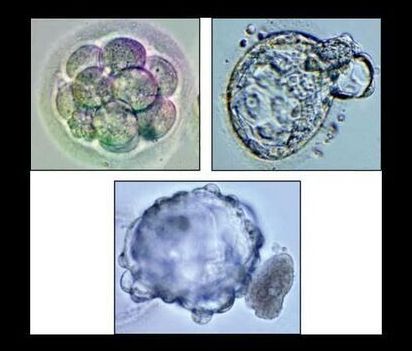

These results suggest that IL-12 and IFN-γ could one day be measured along with other biomarkers to predict future brain health in cognitively normal people–a tool that doesn’t yet exist in medicine.
Summary: Higher levels of two cytokines were associated with slower cognitive decline in aging adults, a new study reports.
Source: Mass General
Research has previously linked inflammation to Alzheimer’s disease (AD), yet scientists from Massachusetts General Hospital (MGH) and the Harvard Aging Brain Study (HABS) have made a surprising discovery about that relationship.
In a new study published in Alzheimer’s & Dementia: The Journal of the Alzheimer’s Association, they report that elevated levels of two chemical mediators of inflammation, known as cytokines, are associated with slower cognitive decline in aging adults.
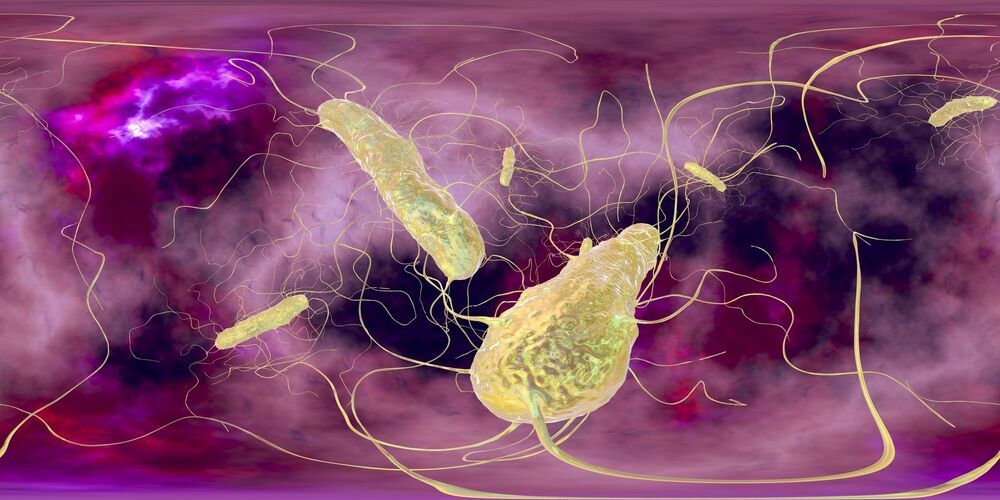
The same bacteria that cause inflammation also trigger weight loss.
A new study investigating how a low-calorie diet alters gut microbial populations is reporting unexpected results. The findings reveal a strange relationship between extreme caloric restriction and increased levels of a pathogenic bacteria linked to inflammatory bowel disease.
The research began by recruiting 80 overweight or obese subjects. Half the cohort were directed to maintain a stable weight for 16 weeks, while the other half completed a medically supervised weight-loss program including eight weeks of a very low calorie diet (800 kcal per day).
At the end of the study period the researchers took fecal samples from the participants and found those in the diet cohort showed substantial gut microbiome alterations, including generally reduced bacterial diversity. Reiner Jumpertz von Schwartzenberg, first author on the new study, says that alongside reducing the overall numbers of gut bacteria present, the dieting seemed to distinctly alter the behavior of the remaining microbes.

A team of researchers from the Max Planck Institute of Molecular Plant Physiology, the University of Naples Federico II, the Weizmann Institute of Science and the Porter School of the Environment and Earth Sciences has found that making food from air would be far more efficient than growing crops. In their paper published in Proceedings of the National Academy of Sciences, the group describes their analysis and comparison of the efficiency of growing crops (soybeans) and using a food-from-air technique.
For several years, researchers around the world have been looking into the idea of growing “food from air,” combining a renewable fuel resource with carbon from the air to create food for a type of bacteria that create edible protein. One such project is Solar Foods in Finland, where researchers have the goal of building a demonstration plant by 2023. In this new effort, the researchers sought to compare the efficiency of growing a staple crop, soybeans, with growing food from air.
To make their comparisons, the researchers used a food-from-air system that uses solar energy panels to make electricity, which is combined with carbon dioxide from the air to produce food for microbes grown in a bioreactor. The protein the microbes produce is then treated to remove nucleic acids and then dried to produce a powder suitable for consumption by humans and animals.